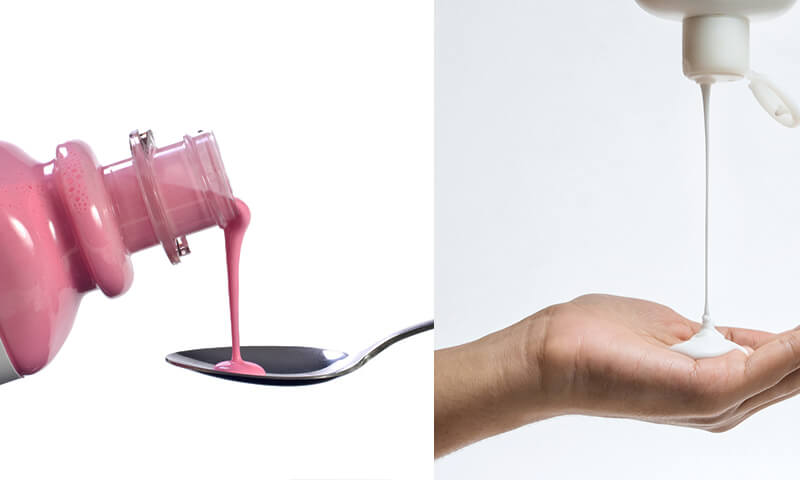
When considering the manufacture of Pharmaceuticals and Therapeutics, viscosity is a key factor and must be precisely managed. The viscosity of liquid and semi-solid preparations has to be maintained batch-to-batch to ensure uniform drug potency through all stages of production. Testing the viscosity is a very important practice by quality control in the pharmaceutical manufacturing industry.
What is Viscosity?
Viscosity is a measure of a fluid's resistance to flow i.e. the measure of a substance's resistance to motion under an applied force. A fluid with large viscosity resists motion because its molecular makeup gives it a lot of internal friction. For liquids, it corresponds to the informal concept of "thickness": for example, syrup that is thick and flows slowly has a higher viscosity than water which is thin and flows quickly.
A material’s viscosity is not a single value, instead it is a property of fluid that depends on the conditions of measurement (shear rate, temperature etc). If the viscosity of a fluid remains constant regardless of changes to the shear rate, we call these fluids Newtonian fluids. If viscosities fluctuate depending on the shear rate, these are called Non-Newtonian fluids. Liquids with a viscosity of zero are called “superfluids.”

Liquid dosage forms, (suspensions, emulsions, and dispersions) have different applications in the pharmaceutical industry. They may be delivered via oral, parenteral- (injectable, inhalation, ophthalmic, otic, nasal) or topical routes. Parenterals are usually sterile formulations, whereas liquid orals and topical solutions are non sterile. Each of these forms has different standards to maintain and challenges to overcome in maintaining the viscosity of the product, depending on end use performance. For instance, cough syrup should be drinkable but still have viscosity high enough to coat the throat, and ointments should have higher viscosity but still squeeze easily out of the pack, and be easy to spread.
This becomes extremely critical during the manufacturing, mixing and blending and filling process. The viscosity of the material has a direct effect on industrial mixer specifications when designing a manufacturing line for pharmaceuticals. The design of the mixing vessel, the type and power of the motors and pumps, the type of product filters, and quality control measurement equipment will depend on the viscosity of the manufactured solution.For example fluid viscosity will affect how it will behave with an agitator and pump. A high viscosity liquid will be harder to move than a "thinner" low viscosity liquid. Selecting the right mixing vessel, and agitator is vital for mixing efficiency. Material densities, shear characteristics, and blend time are all factors to consider when designing an efficient system.By controlling the size and shape of the vessel, selecting the right agitator, and controlling the automation we can produce precise solutions every time.
The mechanical design of the process vessel and the skid is designed keeping in view the viscosity of the product. For processing viscous products, anchor agitators with scrappers with high shear mixers are often used. Biopharmaceuticals demand low shear mixing where magnetic mixers are used effectively.
Viscosity checks should ensure the correct consistency of the end product to meet customers’ expectations. Manufacturing consistency can be acheived through proper design and automation of the entire system, through equipment that utilizes continuous real-time viscosity measurements. If the manufacturing equipment is not designed with these considerations in mind this will result in reduced product quality, and increased cost and wasted materials during the manufacturing process. To ensure consistent manufacturing, the right vessels and equipment must be designed and engineered, changes in viscosity throughout the process should be monitored, and adjustments made to ensure regulatory compliance, integrity and consistency of the manufactured solution.